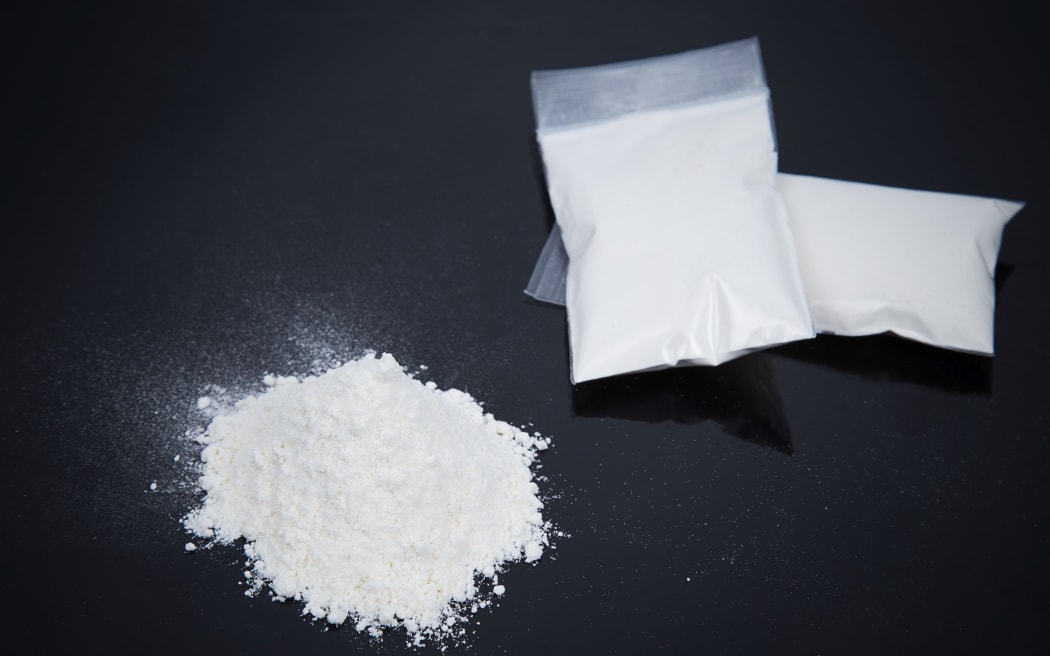Between the period of 2017 - 2019 the synthetic cannabinoid AMB-FUBINACA was Aotearoa New Zealand’s deadliest illicit drug. Across those two years it is thought to be related to at least 58 deaths , though may have contributed to more than 70.

Photo: 123RF File photo
Follow Our Changing World on Apple Podcasts, Spotify, Stitcher, iHeartRADIO, Google Podcasts, RadioPublic or wherever you listen to your podcasts.
Cannabinoids is the term for compounds found in the cannabis plant that are able to activate cannabinoid or CB receptors in our bodies. This is because we have our own endocannabinoid system – cannabinoids we make ourselves that bind to these receptors.
Scientists haven’t fully worked out the complex story of this endocannabinoid system but it does seem to play roles in some important functions including mood, memory, pain, immunity and stress. So researchers began the process of creating synthetic versions of the plant cannabinoids (phytocannabinoids) in the lab to investigate their potential medicinal benefits.

Lucy Thomsen, toxicology PhD student at the University of Otago Photo: Lucy Thomsen
The major players are Delta-9-tetrahydrocannabinol (THC) and cannabidiol (CBD). THC is the cannabinoid responsible for the ‘high’ – the psychoactive effects of using cannabis. It does this by activating CB1 receptors in the brain.
AMB-FUBINACA is 75 – 80 times more potent than THC. Originally developed by the pharmaceutical company Pfizer as part of their drug discovery pipeline, it has since been co-opted by those in the illicit drug market.
However, the exact details as to why AMB-FUBINACA is so dangerous aren’t clear. This is what Lucy Thomsen, toxicology PhD student at the University of Otago, is delving into for her research.


